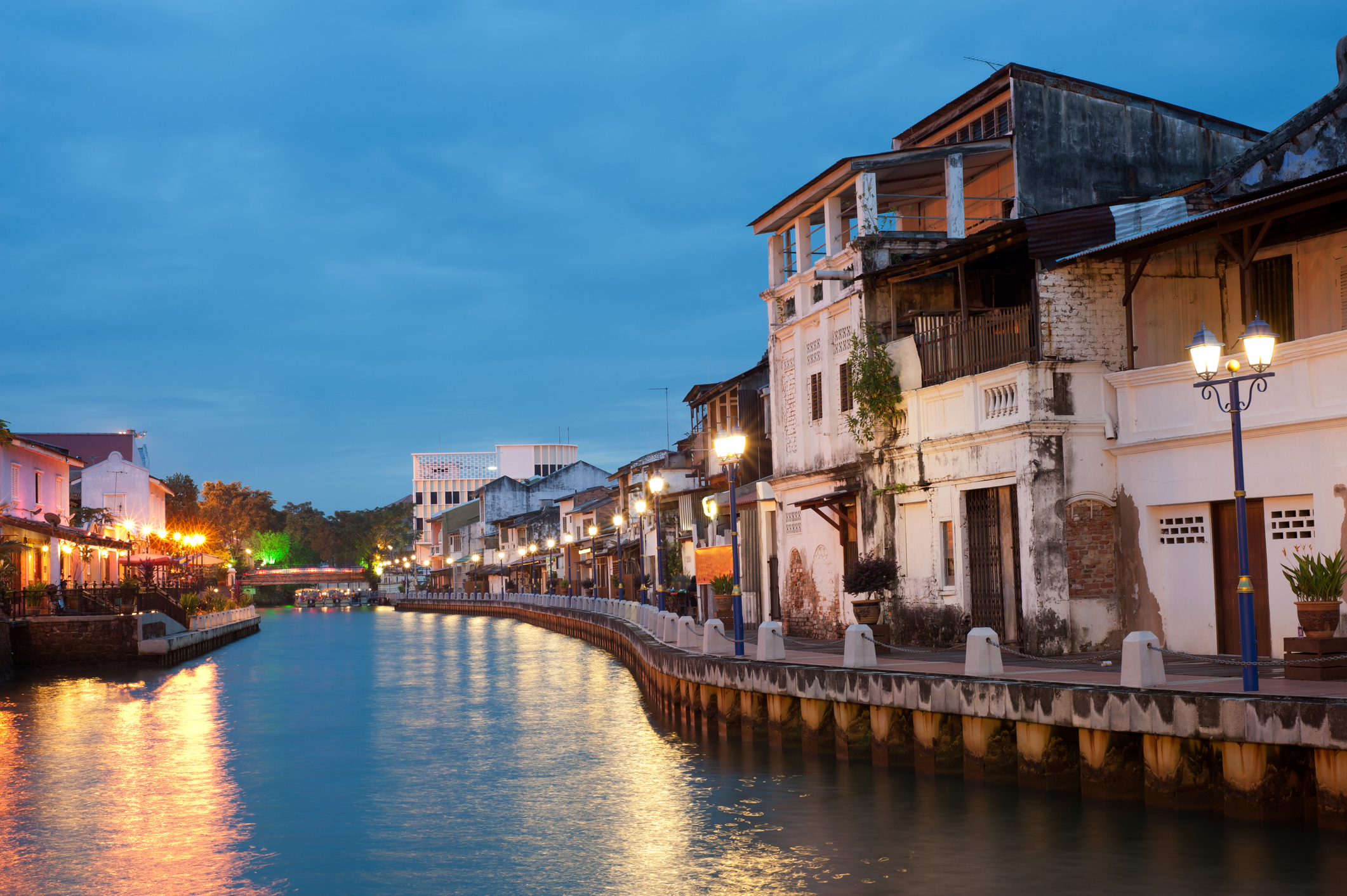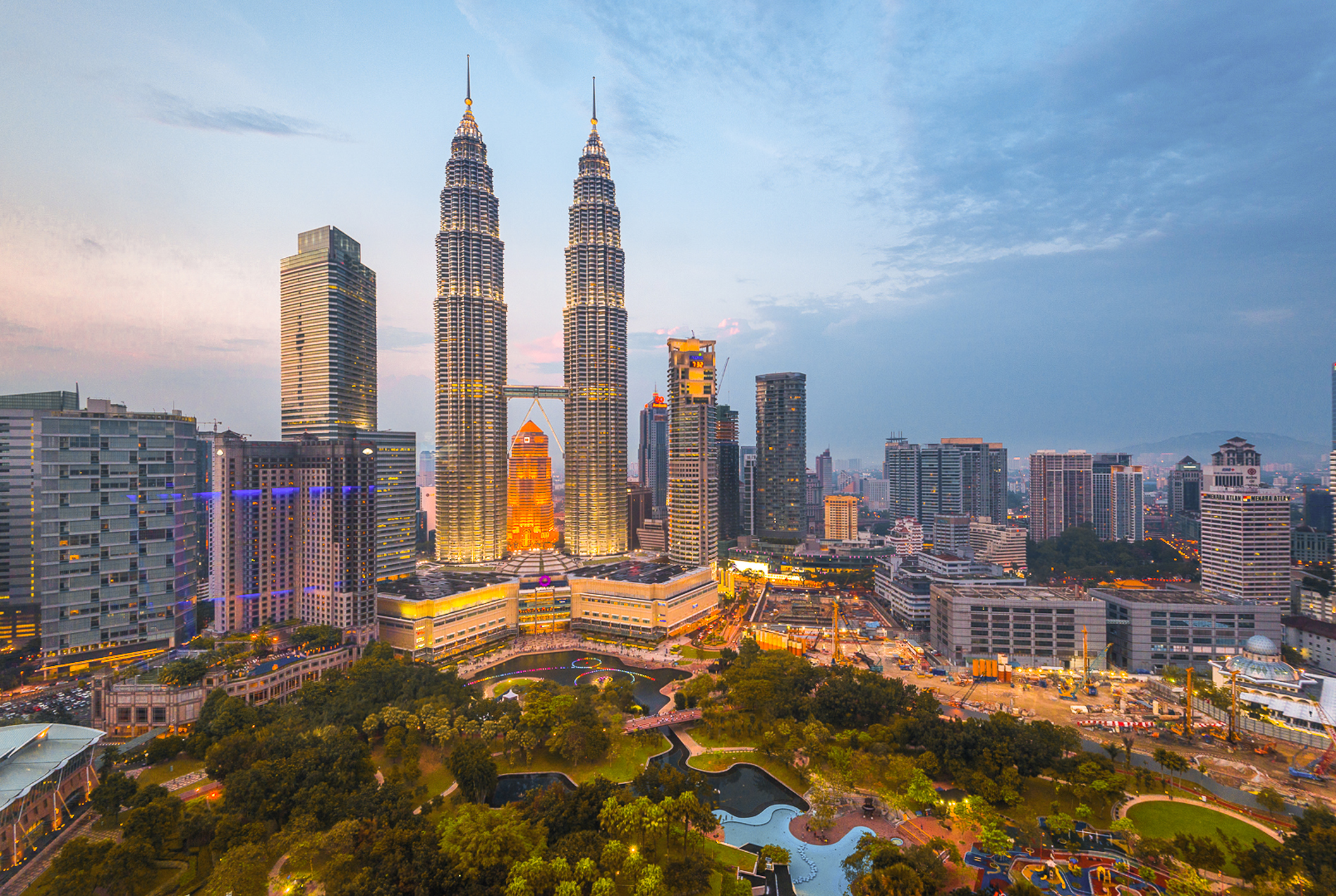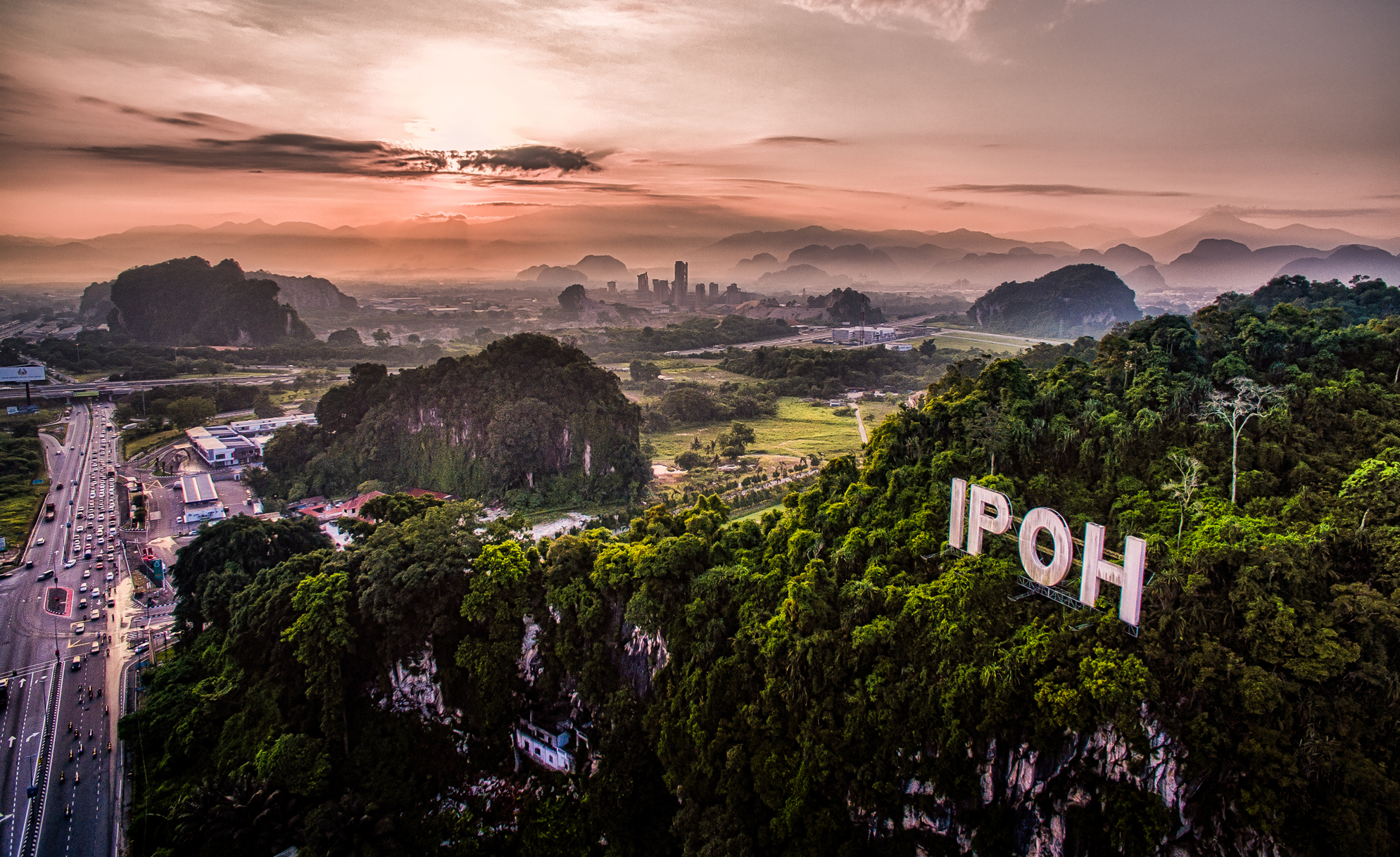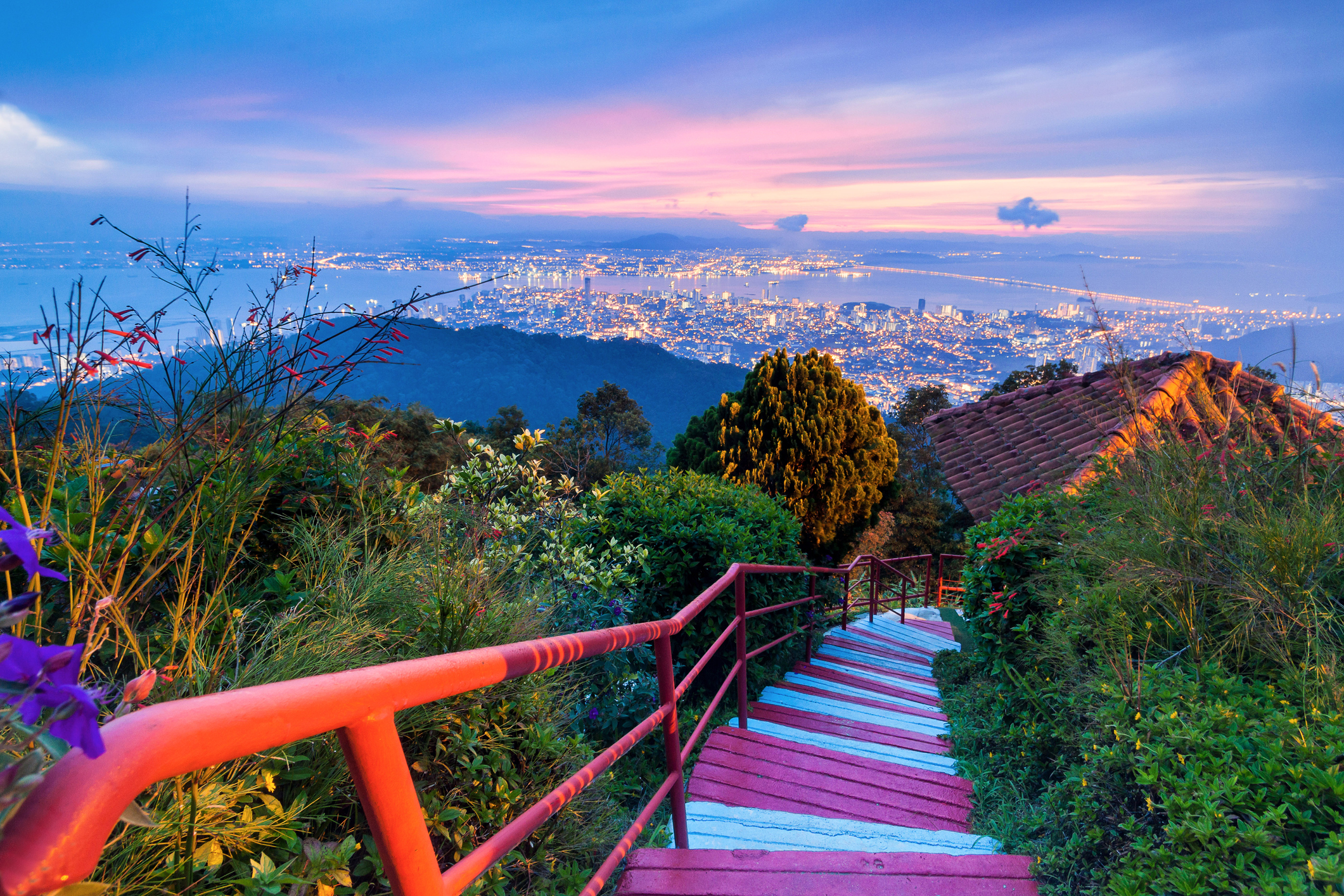
Malacca
With a history stretching back through colonial rule and the Age of Exploration, Malacca’s Portuguese fortress and lantern-strung Chinese temples make it one of the best places to get a sense of Malaysia’s long and turbulent past.
To say Malacca (also known as Melaka) has had a chequered history is somewhat of an understatement. Once one of Southeast Asia’s greatest trading ports, over the centuries, it has been controlled by Islamic sultanates, Portuguese explorers, Dutch traders, English colonists, and (briefly) the Empire of Japan. All these powers left their mark on the character of the city – both aesthetically and culturally – and earned it UNESCO World Heritage status in 2008.
Today, a visit to Malacca is a smorgasbord of sounds, tastes, smells and sensations. History is ever-present (where else can you find a 16th century Portuguese fortress watching over a red Dutch clocktower overlooking a fountain named for Queen Victoria?) – but the modern world is, too.
Along the river, the aroma of freshly blended coffee wafts from the super-hip cafés which have sprung up between the sumptuously decorated 19th-century townhouses. On weekend evenings, Jonker Street becomes a cacophonous extravaganza of sizzling dumplings, colourful sticky-rice sweets, buttery pineapple tarts – all set to the strains of karaoke music and the jingling of cash registers.
One thing you certainly can’t miss is the nutty trishaw scene: goodness knows why, but the city’s drivers have taken to decking out their rides in every pop culture theme imaginable, from candy-pink, neon-lit Hello Kitty to red-and-blue Spiderman festooned with flowers. Jarring, yes – but we love it.
Malacca is all about getting a sense of the past, but it’s also just about having as much fun as possible. After such a turbulent history, this is a place that’s learnt not to take anything too seriously.




